Basic EE question here. Suppose I have a piece of wire a foot long. Suppose there is some signal (for example a clock signal) going through the wire. Is it possible to simultaneously measure the voltage on this wire at (for example) 4, 5 and 10 inches along this wire? Is it correct to assume these readings would not all be the same?
-
It depends on the frequency of the pulses, i.e., the wavelength. If the length of wire is proportional to the wavelength, \$\lambda\$, then you will have voltage/current maxima and minima along the transmission structure. – Captainj2001 Jul 01 '16 at 00:32
-
You might be interested in this: [What is the standing wave ration (SWR)?](http://electronics.stackexchange.com/questions/52429/). – The Photon Jul 01 '16 at 01:13
-
and also in this https://en.wikipedia.org/wiki/Lecher_lines – JIm Dearden Jul 01 '16 at 11:10
3 Answers
Your question assumes 2 things.1) The signal is a constant current DC, typical for measuring ohms. 2) A low frequency ac signal, such that the wavelength is at least 20 times the length of the wire.
I mention these first because your question also having simultaneous measurements at different points along the wire. With DC current and LF AC readings will be stable and predictable. Above a few hundred MHZ you will see dips and peaks in signal amplitude along the length of the wire, due to standing waves. If you keep the same sample points and increase the frequency these peaks and dips will move along the wire.
At some point, when the wire is equal to 1/8th to 1/4 wavelength, grounding one end is a moot point because so much energy is radiant, and the very connections you make for testing begin to affect the signal. At some point your equipment becomes very expensive and you would use a spectrum analyser (about $30,000 USD) to probe the wires RF performance.
Readings along the length of the wire will always be different as long as there is current flowing, whether its DC, or LF AC. HF AC or VHF/UHF frequencies will have peaks and dips in the signal, until your outside (too high or too low) of the resonant frequency of the wire.
If the frequency of the current is high enough to the extend where the foot length wire exhibits significant impedance, and the magnitude of the current itself is significantly high, then yes. There will be a ranging voltage drop along the length. I will say this can happen only at radio frequency of VHF band and above.
This actually happens in the telescopic antenna mounted on ordinary FM radio but the voltage induced on those antennas are in microvolts, not measurable with ordinary multimeters.
- 1,695
- 1
- 11
- 16
Is it possible to simultaneously measure the voltage on this wire at (for example) 4, 5 and 10 inches along this wire?
Certainly. But note that when you start getting up into very high frequencies, this becomes very difficult to do accurately.
Is it correct to assume these readings would not all be the same?
That depends on the frequency of your signal. At low frequencies, all the readings will be identical for all practical purposes. But at high frequencies, your foot long piece of simple wire becomes an improperly-terminated transmission line and what you measure at different points becomes very messy.
So it comes down to what were you imagining in your hypothetical scenario. If you were talking about frequencies under a few hundred MHz, then you have the simple case. But if you were imagining higher frequencies (100s of MHz, or GHz, etc.) then it is a much different game.
- 14,382
- 2
- 20
- 37